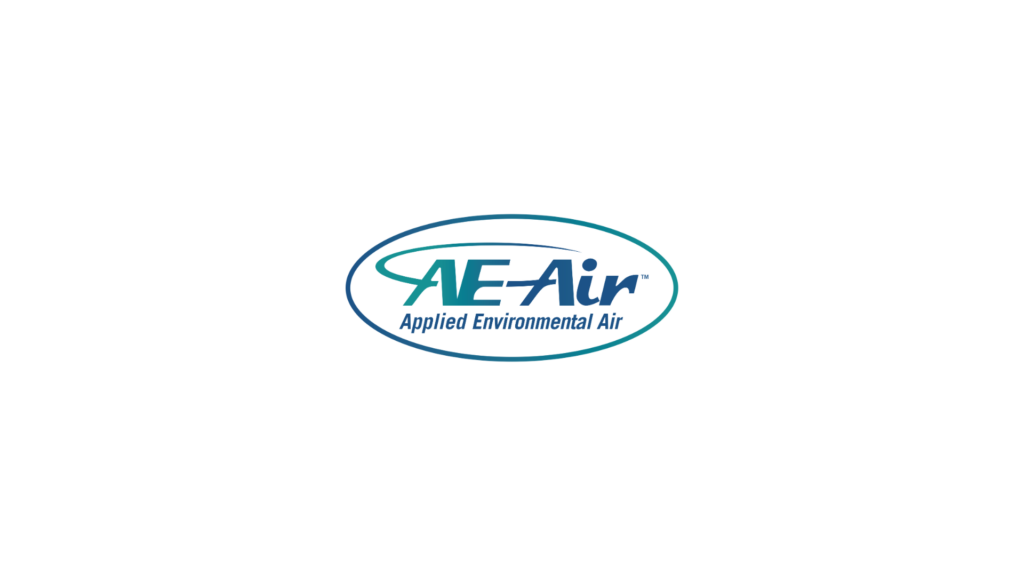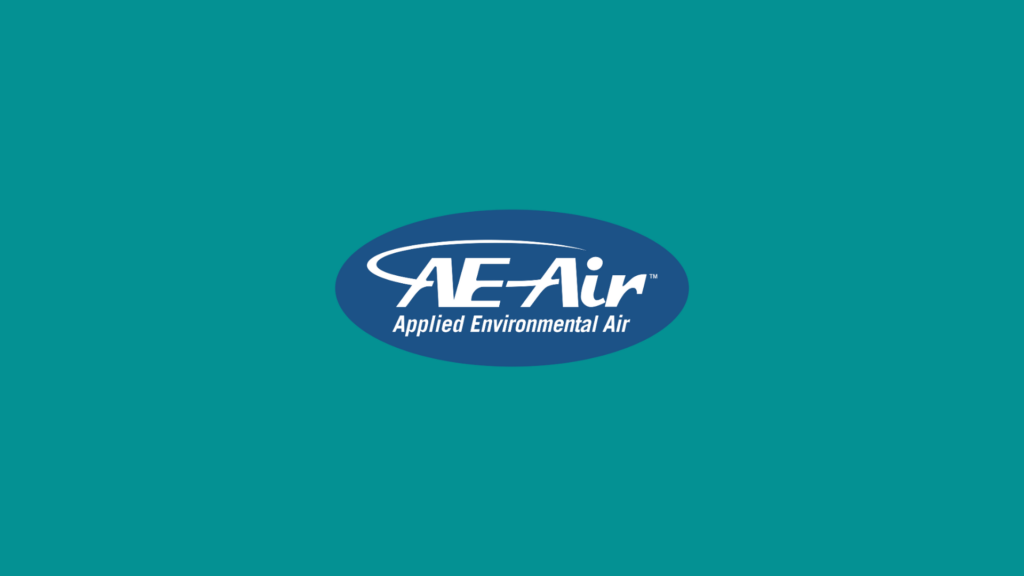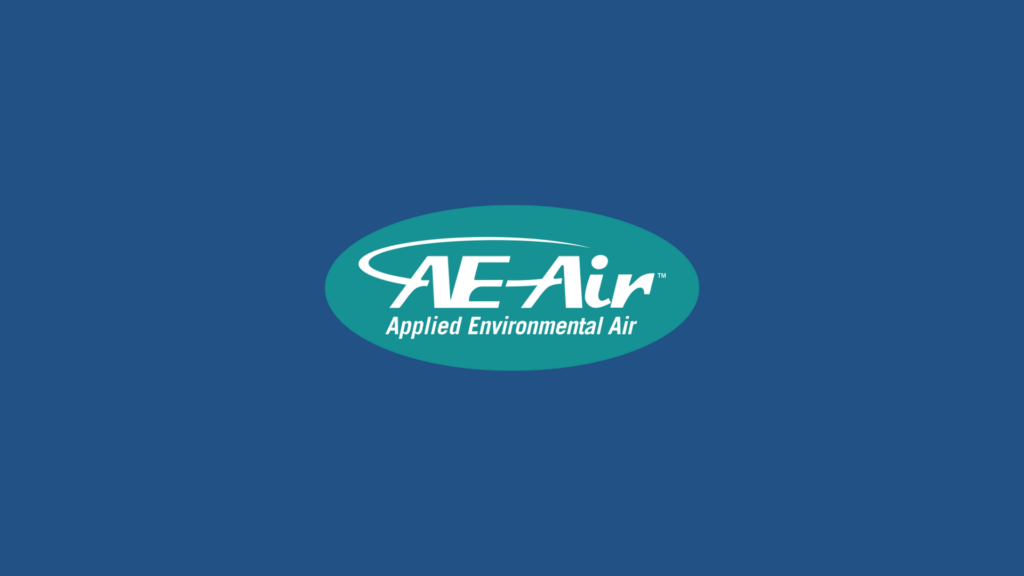Introduction
As the push for sustainable building solutions becomes more pressing, vertical water source heat pumps emerge as an innovative answer. These systems harness the earth’s consistent temperature, offering a reliable method to heat and cool structures efficiently. Ideal for both small and large buildings, vertical water source heat pumps provide a practical path to energy conservation.
Installing vertical water source heat pumps offers a dual benefit: improving building energy efficiency while supporting eco-friendly goals. As developers and architects look for advanced systems that provide both functionality and sustainability, integrating these water source heat pumps presents a promising opportunity for modern construction projects. Embracing such technologies can be a key step in transforming the way buildings interact with the environment.
Understanding Vertical Water Source Heat Pumps
Vertical water source heat pumps are a key component in sustainable building design. These pumps use groundwater or water from pipes as a heat source, extracting and transferring energy to provide heating and cooling. They are known for their efficient energy exchange, leveraging the earth’s stable temperature year-round.
This system is particularly valued in high-rise or urban buildings where space is at a premium. The vertical design allows for installation that requires less horizontal extension, making it suitable for buildings with limited ground area. By drilling vertically, these pumps tap into deeper, stable temperatures more effectively than their horizontal counterparts.
In addition to space efficiency, vertical water source heat pumps offer a range of advantages for various building types:
- High Efficiency: With constant source temperatures, these pumps operate more efficiently throughout the year, lowering utility costs.
- Quiet Operation: These systems typically run quietly, minimizing noise in populated or residential areas.
- Environmentally Friendly: As they utilize renewable ground energy, they contribute to reducing greenhouse gas emissions.
- Versatile Installation: Ideal for urban environments, they can fit into existing infrastructure without excessive space modification.
By understanding these benefits, developers and engineers can make informed decisions about integrating vertical water source heat pumps into their projects, aligning with sustainable building practices and enhancing energy efficiency.
Benefits of Vertical Water Source Heat Pumps for Sustainability
Vertical water source heat pumps offer a multitude of environmental and economic benefits that align with sustainable building initiatives. They are increasingly recognized for their ability to reduce energy consumption and lower operational costs, making them a strategic choice for sustainable projects.
Environmental Benefits:
- Reduced Carbon Footprint: By using natural temperature gradients, these systems reduce reliance on fossil fuels, decreasing emissions.
- Conservation of Space: Their compact design means less disruption to natural landscapes and urban environments.
- Minimal Water Use: These pumps circulate water in a closed loop, minimizing contamination risks and conserving water resources.
Economic Benefits:
- Lower Energy Bills: The efficient energy use translates into significant savings on heating and cooling costs.
- Increased Property Value: Buildings equipped with sustainable HVAC systems are often more attractive to eco-conscious buyers and tenants.
- Utility Rebates: Many regions offer incentives for installing eco-friendly HVAC solutions, providing additional financial benefits.
Vertical water source heat pumps support sustainability goals by providing a reliable, efficient method for heating and cooling. They not only optimize energy use but also contribute to a building’s overall sustainability profile. This makes them an appealing solution for developers aiming to meet modern environmental standards while managing costs effectively. Through their implementation, buildings can achieve a balance between performance, cost efficiency, and environmental stewardship.
Integration with Building Systems
Integrating vertical water source heat pumps into building systems requires a strategic approach to ensure efficiency and performance. These pumps work well in various building types, from residential complexes to commercial spaces, due to their adaptability and compact design. Successful integration involves considering the existing infrastructure and future scalability.
For new constructions, design plans can seamlessly incorporate vertical water source heat pumps from the outset. This allows for optimized placement and efficient system design, ensuring that the pumps meet the specific heating and cooling needs of the building. For existing buildings, retrofitting may involve more detailed planning, but the adaptable nature of these pumps allows for effective integration without extensive modifications.
Key factors for successful integration include:
- Assessing the Building’s Energy Needs: Understanding energy consumption patterns helps tailor the pump system to function efficiently.
- Compatibility with Current Systems: Evaluate existing HVAC systems to ensure they can work together with the new heat pumps without performance losses.
- Space Considerations: Vertical pumps require less space, but strategic placement is crucial to maximize their benefits.
- Training for Facility Managers: Ensuring that facility staff are knowledgeable about operating the new system enhances overall efficiency and longevity.
Proper integration not only enhances system performance but also contributes to the building’s sustainability profile.
Installation Best Practices and Maintenance Tips
Installing vertical water source heat pumps involves careful attention to detail, ensuring that these systems perform at their best for years to come. Following best practices during installation and adhering to a maintenance schedule are crucial steps in maximizing efficiency and lifespan.
Installation Guidelines:
- Site Evaluation: Conduct a thorough assessment of the site to decide the most suitable location for drilling and installation.
- Professional Installation: Engage skilled technicians experienced with vertical installations to minimize potential issues.
- System Calibration: Ensure that the system is properly calibrated to the building’s specific heating and cooling demands.
Maintenance Checklist:
- Regular Inspections: Schedule inspections to check for wear and tear, ensuring all components are functioning correctly.
- Filter Changes: Replace filters as per the manufacturer’s recommendations to maintain air quality and system efficiency.
- System Cleaning: Periodically clean coils and other components to prevent buildup that could hamper performance.
By following these installation and maintenance tips, building managers can ensure that their vertical water source heat pumps remain effective and reliable, supporting sustainable operations over the long term.
Conclusion
Vertical water source heat pumps have proven to be a vital asset for sustainable building projects, offering both environmental and economic advantages. By focusing on efficient energy use and compact design, these systems meet the growing need for sustainable solutions in the construction industry. Their ability to integrate with different building types makes them an ideal choice for developers and architects looking to minimize environmental impact while maximizing energy efficiency.
Explore how AE Air can assist in implementing these advanced systems to bring your building projects to the forefront of sustainability and innovation. Our expertise in vertical water source heat pumps ensures tailored solutions that fit your unique needs, driving both performance and ecological responsibility. Contact us to find out how we can help you build a greener future.



